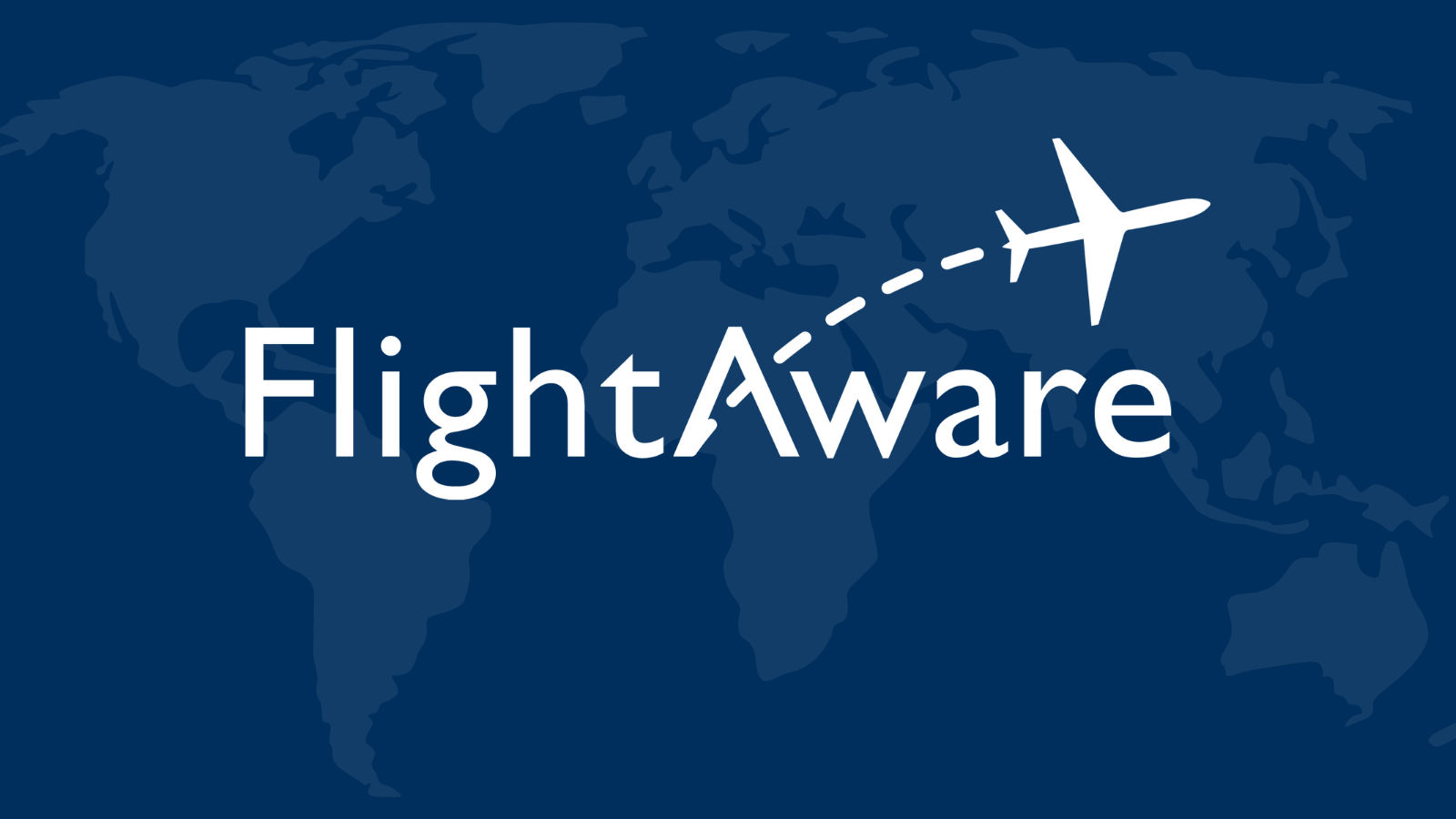jagraphics
Well-Known Member
C-130s fly near treelines sometimes where i live for extreme low-altitude training, nearly inches from the top of the tree.
Whilst an aircraft is an aircraft if it hits you: military aircraft do have different rules to civilian aircraft so they can fly in places civilians can't and in some cases without prior notification. Though training areas I would think are clearly marked NFZ's











